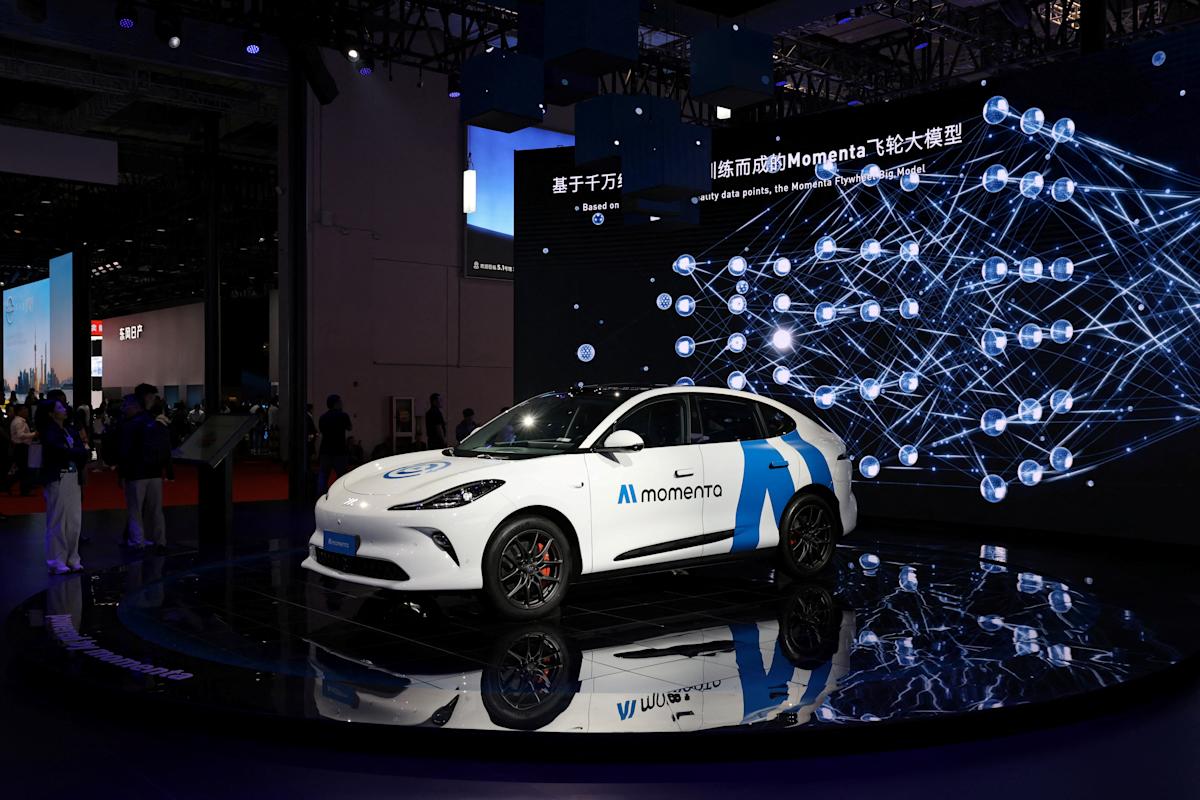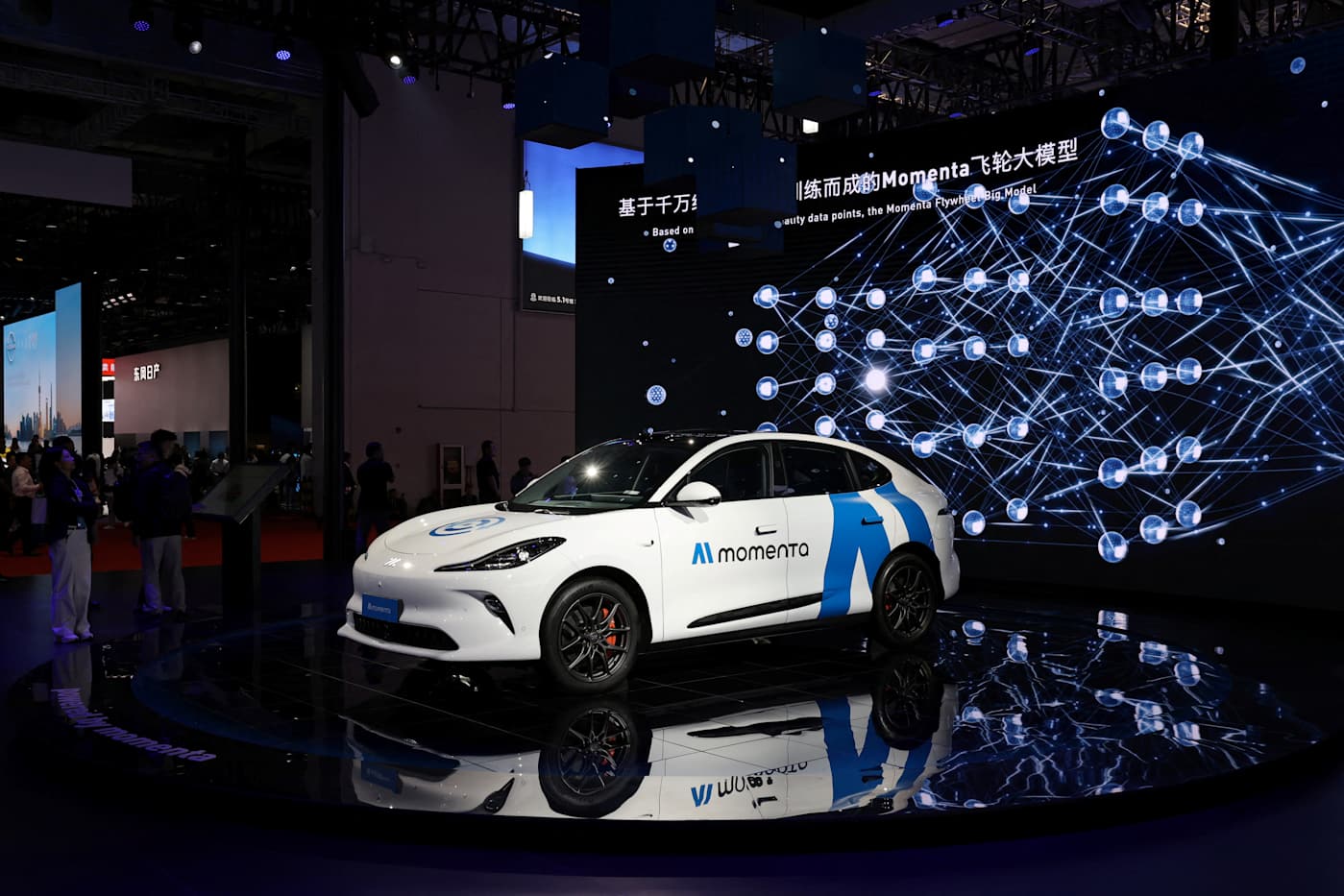Key Points
- Uber and Momenta announced a strategic partnership to launch a robotaxi service in Europe.
- The pilot will start in Munich, Germany, in 2026 using Level 4 autonomous vehicles.
- Safety drivers will be on board initially while the companies secure German certification.
- Momenta supplies advanced driver‑assistance systems to major automakers and has been testing self‑driving cars since 2018.
- The initiative follows a broader wave of autonomous vehicle testing across Europe, including efforts by Baidu, WeRide, and Wayve.
- Uber’s shift to partnerships follows the termination of its own self‑driving car program in 2020.

Partnership Overview
Uber announced a strategic agreement with Momenta, one of China’s earliest autonomous‑vehicle companies, to bring a robotaxi service to Europe. Momenta, which has been testing self‑driving cars domestically since 2018, also supplies advanced driver‑assistance systems to major automakers such as Mercedes‑Benz and Audi. The collaboration leverages Momenta’s autonomous technology and Uber’s ride‑sharing platform to create a joint offering.
Launch Plans in Munich
The service is set to begin in Munich, Germany, in 2026. Momenta cited the city’s “deep‑rooted engineering heritage, top‑tier automotive ecosystem and openness to innovation” as reasons for selecting the location. The pilot will initially operate with safety drivers aboard the Level 4 vehicles, allowing the companies to gather data while complying with regulatory requirements. Certification from the German government and approval for the designated geofenced zones will be required before the vehicles can operate without a safety driver.
European Autonomous Landscape
Europe has lagged behind the United States and China in adopting autonomous ride‑sharing, but recent developments suggest a shift. Competitors such as Baidu plan to test its Apollo Go service in Switzerland, while WeRide has launched a pilot in Switzerland and a driverless shuttle system in France. Uber also holds partnerships with other autonomous firms, including WeRide, Pony.AI, and Wayve, the latter targeting a London trial next year. Additionally, Uber has indicated intentions to use an autonomous Volkswagen ID. Buzz for ride‑sharing in Los Angeles.
Technology and Regulatory Considerations
Momenta’s vehicles are designed for Level 4 operation, meaning they can‑operate without a driver within predefined geographic areas. To achieve this, the companies must secure certification from German authorities and obtain approval for the specific zones where the service will run. The initial inclusion of safety drivers aligns with regulatory expectations and provides a safety net during the early stages of deployment.
Future Expansion and Competition
The Munich pilot serves as a foothold for broader European expansion. Uber’s strategy of partnering with multiple autonomous technology providers reflects its shift away from building its own self‑driving fleet—a decision made after ending its in‑house program in 2020 following a fatal pedestrian incident and a trade‑secret controversy. By collaborating with firms like Momenta, Uber aims to quickly scale autonomous ride‑sharing across key markets while navigating the complex regulatory environment.
Source: engadget.com
